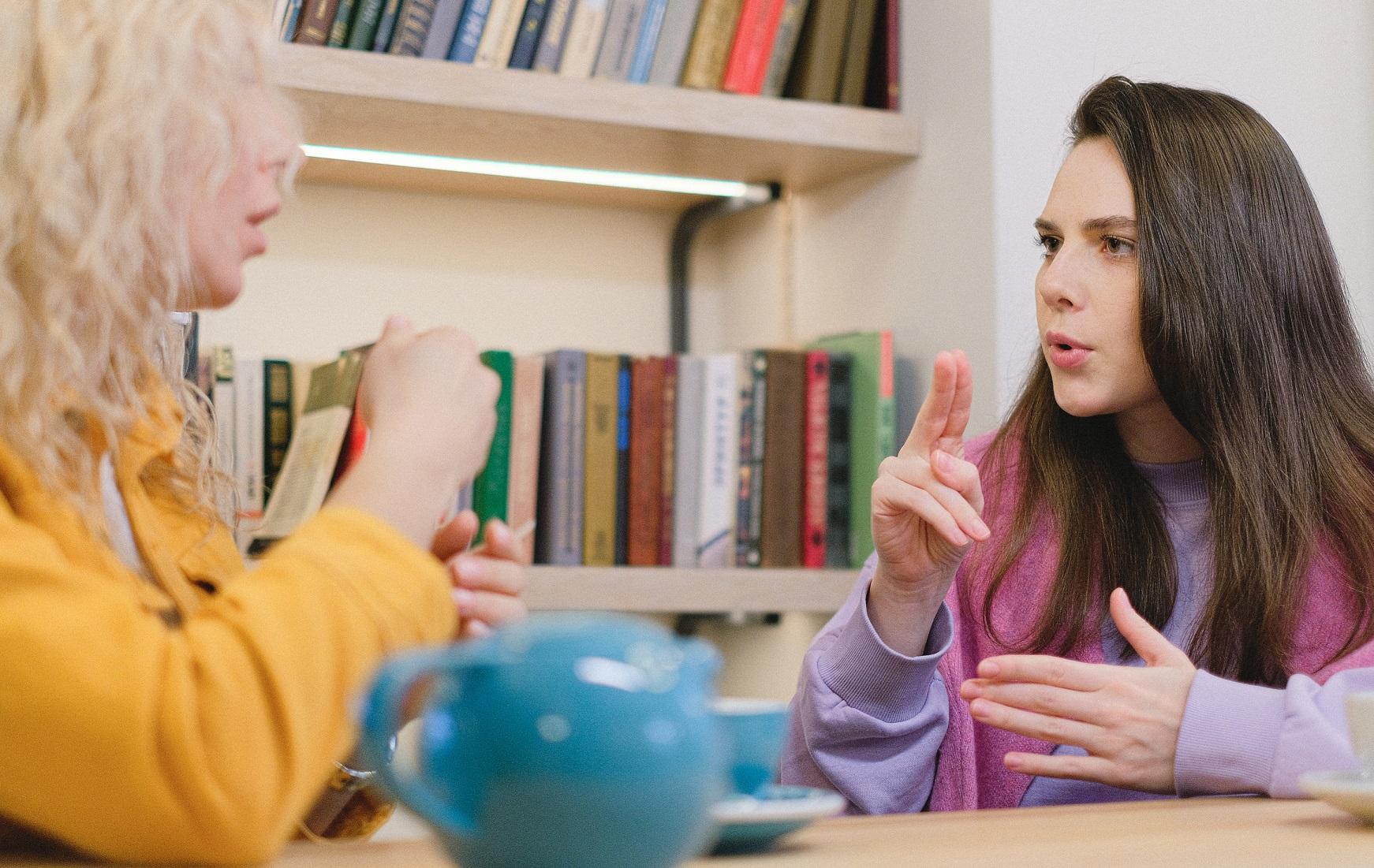- Home
- »Articles
- »Baby
- »Baby Signing
- »Baby Sign Language vs. British Sign Language



Baby Sign Language vs. British Sign Language
11 February 2023
Baby sign language and British Sign Language are built around different concepts. Baby sign language is a set of simple hand gestures you can teach to your baby to help you communicate with them before they can speak. British Sign Language is a more in-depth system designed to include fuller and more complex sentences in order to allow those who practise it to communicate in a manner similar to speaking.
British Sign Language is a standardised language
Generally, baby sign language is used between hearing adults and hearing babies to supplement communication. Sign languages, including British Sign language, are natural languages that maintain their own grammar and sentence structure. Baby sign language is a lot more basic than British Sign Language. It focuses on short, common words such as "milk", "more", "help", "yes", and "no", to allow babies to meet their immediate needs, rather than opening up a full conversation. British Sign Language is a much more intricate system that considers grammar, hand shape, orientation, location, movement, and other features.
Baby Sign Language is not standardised, there are different versions
Baby sign language is sometimes mistaken as an offshoot of British Sign Language. This isn’t true. Unlike British Sign Language, which is an official system recognised by the UK government as a minority language, baby sign language is a concept that people can interpret any way they like. There is no single way to communicate with your baby through baby sign language; it doesn't matter which signs you use as long as you both understand what they mean. British Sign Language, on the other hand, is a form of communication for all, so is standardised and universal.
Many organisations have created their own versions of baby sign language, and many of these are actually based on British Sign Language. In fact, the concept of baby sign language first appeared when child development experts noticed babies mimicking British Sign Language signs made by their parents.
The Makaton and Signalong systems
Systems of baby sign language have been developed that bridge the gap between British Sign Language and baby sign language. Makaton is one such system, which uses gestures and pictures alongside verbal speech to supplement communication. Another well-known signing system is Signalong, which is itself a signing system based on British Sign Language. Both systems can be thought of as pared-down versions of formal sign language systems that focus on common and quick words and phrases.
Babies with a hearing impairment
For a baby with a hearing impairment, using British Sign Language as a basis for baby sign language is a good idea. Children with deafness or severe hearing loss, and their parents, may find that they need to learn a more complicated and in-depth signing system like British Sign Language later in life. It's often the case that it will become their child's primary mode of communication.
That being said, a baby or child who becomes proficient in any form of baby sign language should have no problem adapting to other sign languages.
